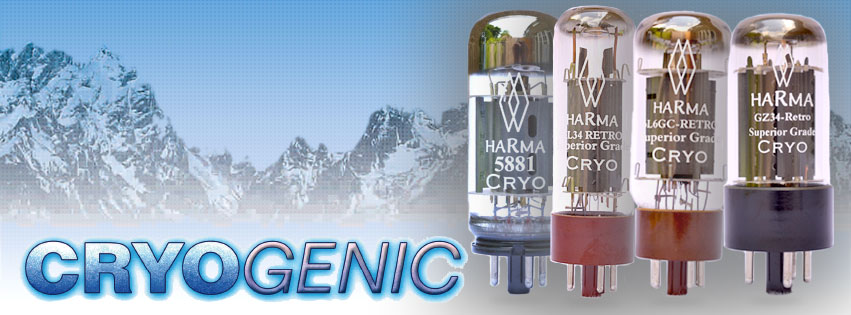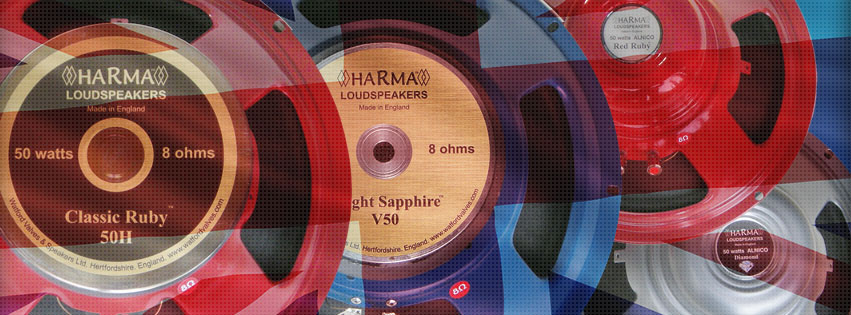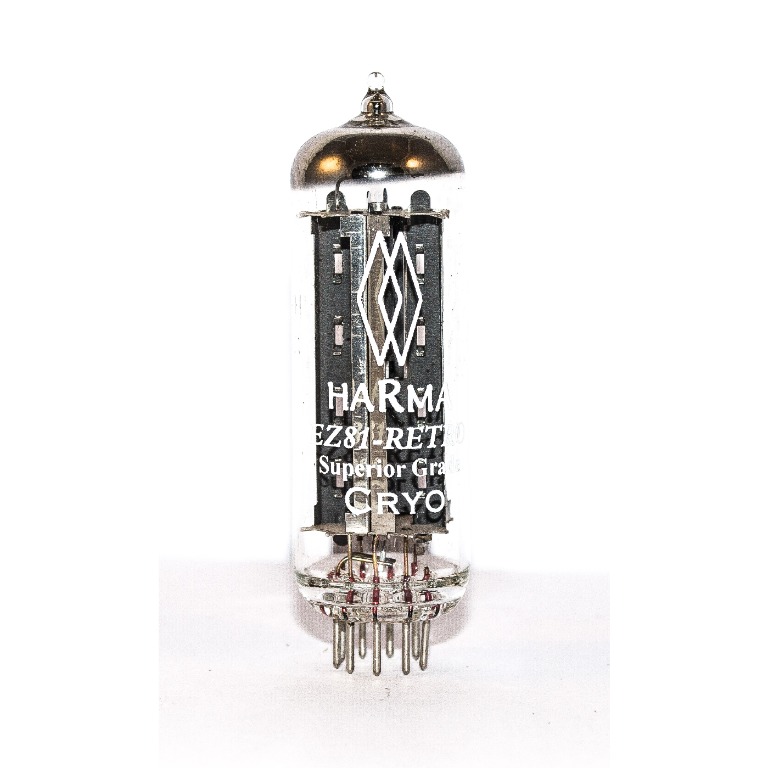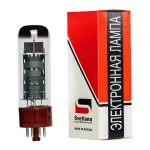Harma Cryo / EZ81/6CA4-HARMA RETRO CRYO
BACK
All prices contained on this page are exclusive of VAT. This is currently charged at 20% and is payable by the UK only.
All prices contained on this page are exclusive of VAT. This is currently charged at 20% and is payable by the UK only.
Harma Deep Cryogenic treated valves offers improvements to the sonic character of the valves and results in sound characteristics only normally found in very expensive NOS valves such as Mullards.
The process involves taking the vacuum tubes and freezing them down to -312 Fahrenheit and soaking these for a minimum of 12 hours. Then the temperature is held at this low level for 24 hours. The vacuum tubes are then slowly brought up to normal levels over the next 12 hours.
Metals respond very well to deep cryogenic process. The reasons are as follows, during the cooling or solidification phase of the manufacturing process, molecules are trapped in a haphazard pattern. This is down to stress caused in the bending and welding of the anode plate material. This random placement causes obstacles for electrons and when encountered this interference can cause noise, slow down electron flow and sound deterioration affecting the quality of the sound of the vacuum tube. .
At very cold temperatures (below -312 Fahrenheit), the molecules will align in a more uniform, compact structure through the removal of kinetic energy. When the material is returned to ambient temperature, this new uniform, compact pattern is maintained, Thus changing the structure of the nickel permanently. This process makes a permanent change and the benefits do not deteriorate over time or upon return to operating temperature, it changes the whole way the vacuum tube performs.
The biggest benefits I have found have been a dramatic improvement in the sound quality. The bass response has been clearer with reduction in microphonics and clear more transparent highs. Cryogenic treatment has now become a way for a modern valve to produce a sound quality that approaches the iconic originals.
Special Offer Metals respond very well to deep cryogenic process. The reasons are as follows, during the cooling or solidification phase of the manufacturing process, molecules are trapped in a haphazard pattern. This is down to stress caused in the bending and welding of the anode plate material. This random placement causes obstacles for electrons and when encountered this interference can cause noise, slow down electron flow and sound deterioration affecting the quality of the sound of the vacuum tube. .
At very cold temperatures (below -312 Fahrenheit), the molecules will align in a more uniform, compact structure through the removal of kinetic energy. When the material is returned to ambient temperature, this new uniform, compact pattern is maintained, Thus changing the structure of the nickel permanently. This process makes a permanent change and the benefits do not deteriorate over time or upon return to operating temperature, it changes the whole way the vacuum tube performs.
The biggest benefits I have found have been a dramatic improvement in the sound quality. The bass response has been clearer with reduction in microphonics and clear more transparent highs. Cryogenic treatment has now become a way for a modern valve to produce a sound quality that approaches the iconic originals.
The Harma EZ81 Retro is based on the European design used by Mullard and Philips in the 1960s for military applications. This design has been chosen as it has some very important features.
The Harma EZ81 Retro follows faithfully the original Mullard design of the two anodes around the central cathode. The Harma EZ81 is internally braced to prevent vibration in guitar applications. It also has thick mica supports to prevent microphonics. The Harma EZ81 Retro is intended use in the most demanding audio and guitar amplifier applications and is designed and tested to provide the best performance. The Harma EZ81 Retro Ideal for use in Vox AC10 and Marshall 18 watt amplifiers and all high end audio systems.
All Harma rectifier valves undergo testing under real working condition and the voltage drop is measured between each plate and the cathode. This ensures correct conformity to design parameters under working conditions.
These EZ81 have been cryogenically treated for use in the most demanding audio and guitar amplifier applications to provide the best performance.
 Valves
Valves Cryo Valves
Cryo Valves Kits
Kits Speakers
Speakers Pedals
Pedals Amp Parts
Amp Parts Cabinets
Cabinets Accessories
Accessories








Tweet